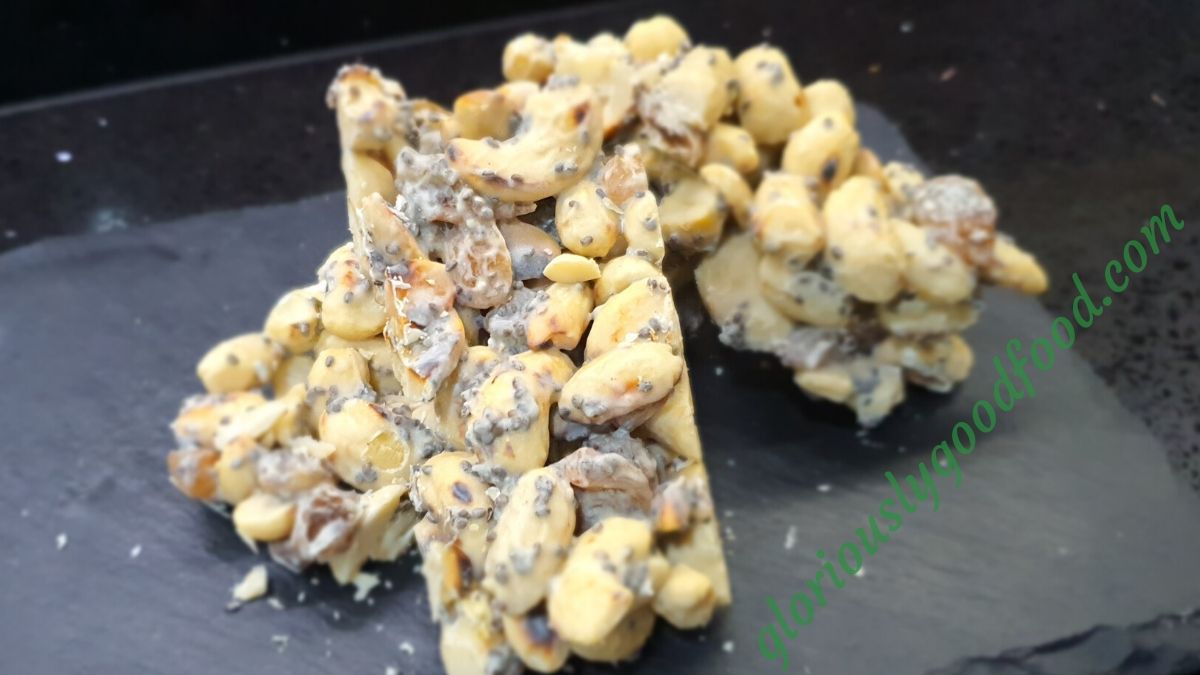With the Covid-19 crisis affecting our shopping habits and availability of ingredients, I found that the various nut bars I …

Simple Homecooked Recipes by Frederika Roberts
Simple Homecooked Recipes by Frederika Roberts
Simple Homecooked Recipes by Frederika Roberts

With the Covid-19 crisis affecting our shopping habits and availability of ingredients, I found that the various nut bars I …
Pork Scratchings: The Ultimate Pub Snack Enjoy with a beer or two, or even with a glass of Pimms & …